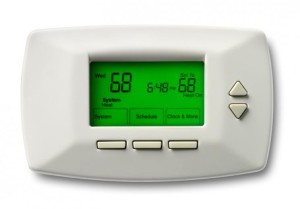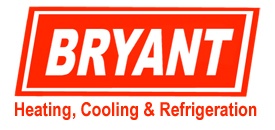Beating That High Heating Bill
We seek shelter in the snug coziness of home. But how snug is it? Does your home’s warmth begin to sneak away the moment the furnace cycles off? Where is that warmth going, and how can we entice it to stay awhile? Short of an expensive weatherizing remodel, there are plenty of simple, affordable (or free) tricks to make your indoor refuge tighter and more fuel-efficient.

Well winter is coming and our heating bills for that old furnace will start to rise. As a heating an cooling professional there are many things I can do to help keep those bills from not getting out of control. The season is here to have that old furnace inspected and maintained before you need to get a costly furnace repair done. You can always consider a purchase of a new HVAC or furnace system that might be more energy efficient than the system you have now.
So sometimes the budget doesn’t agree with a new furnace or maybe you just want to help out mother earth by cutting back a little bit more. So I did some research and found a few tips to help out those heating bills this coming fall and winter. Here are a few tips that I thought would help out the most.
Use blinds or curtains to increase the insulation of windows.
Keeping the windows covered goes great for heating and cooling your home. For winter the extra protection helps keep the heat from escaping from older less efficient windows.
Use a programmable thermostat.
There are so many options to choose from with today’s technology. The basicsare don’t heat your home when you are not there. Write down your habits and program that into the programmable thermostat. Let this adjust your furnace tempature while you are away or sleeping.
Each degree you lower your thermostat setting will save you about 2% on your yearly energy billSource: smoenergy
Reduce Drafts
I see so many clients spend money with new furnace and HVAC systems only to have that nice warm air blow right out their house. Stop heating the outside air and find ways to seal leaky drafts. Look at the bottom of doors, seal outlet covers, window frames and plumbing areas. Use foam or silicone and seal up the areas heat can escape.







